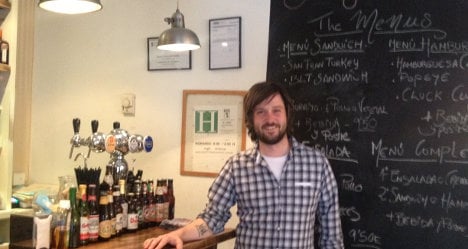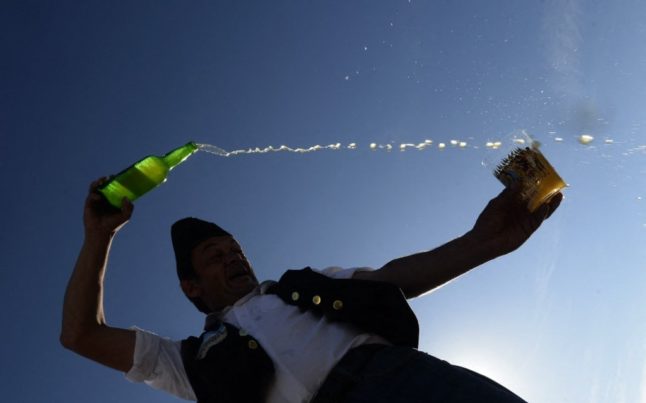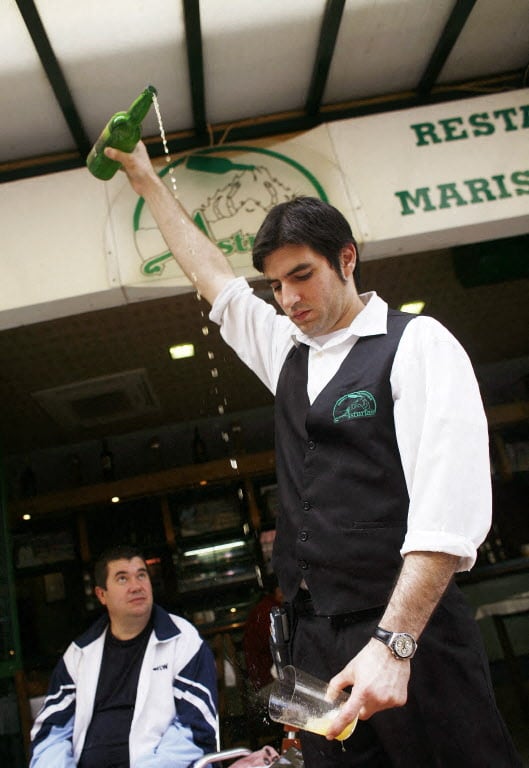So Ryan, how did you end up moving to Madrid?
I came over from my native Chicago seven years ago to do an MA in English at the Autonomous University of Madrid.
How did you come up with the idea for The Toast Café?
I’d co-run a burritos bar in Madrid before so I knew that American-style eateries can be successful in a big, cosmopolitan city like Madrid.
I wanted to do something that wasn't English teaching to earn a living so when the opportunity to set up a breakfast café with my de facto partner Claudia came up, I took it.
How easy was it to set up shop?
We had a limited budget but we still tried to make it all as easy as possible.
It’s a lot more straightforward if you rent out a place that already has a liquor license.
We did a simple transfer, or traspaso in Spanish, and once our names were on the contract we had the right to sell alcohol.
We also chose a place that had all the essentials – furniture and a fully-equipped kitchen.
I think you’re always going to run into bureaucracy wherever you go. Yes, there are bills and charges that seem to crop up out of nowhere but I think it’s the same anywhere else.

So what makes The Toast Café stand out in Madrid, a city of countless bars and cafés?
Well, we cater for a different audience. During the week we have many American customers, many of them students who are looking for food like what they get back home but for affordable prices.
Then at weekends our clientele is mainly Spanish, but we have many other nationalities too.
We also seem to get a lot of mixed nationality couples.
I think people coming to The Toast are looking for a different experience. I don’t want to be harsh on all the other bars in our area but all of them seem to offer the same food and atmosphere.
We're a literary cafe, a hamburger joint, a vegetarian haven, a musical meeting point.
Malasaña and Chueca are the only two neighbourhoods I can think of in the city where you get loads of specialized and quirky food joints similar to ours.
What else goes on at The Toast?
All kinds – writers’ night on Tuesdays, concerts on Saturdays, the odd art exhibit from time to time.
Where is your staff from?
They’re American, Spanish and French.
What’s a must-try for your customers?
Our Big Apple hamburger with cheddar, bacon and of course apple!
What advice would you give to anyone trying to set up a café in Spain at the moment?
Make sure you make it yours. Personalize your food and your space. We've gone for a décor that’s similar to the freedom cafés you’d find in Chicago and DC in the 1920’s.
Our breakfast bar, which we initially sought to make a meeting point for Madrid-based writers, has evolved into so much more than just a place to get tasty pancakes.





 Please whitelist us to continue reading.
Please whitelist us to continue reading.
Member comments